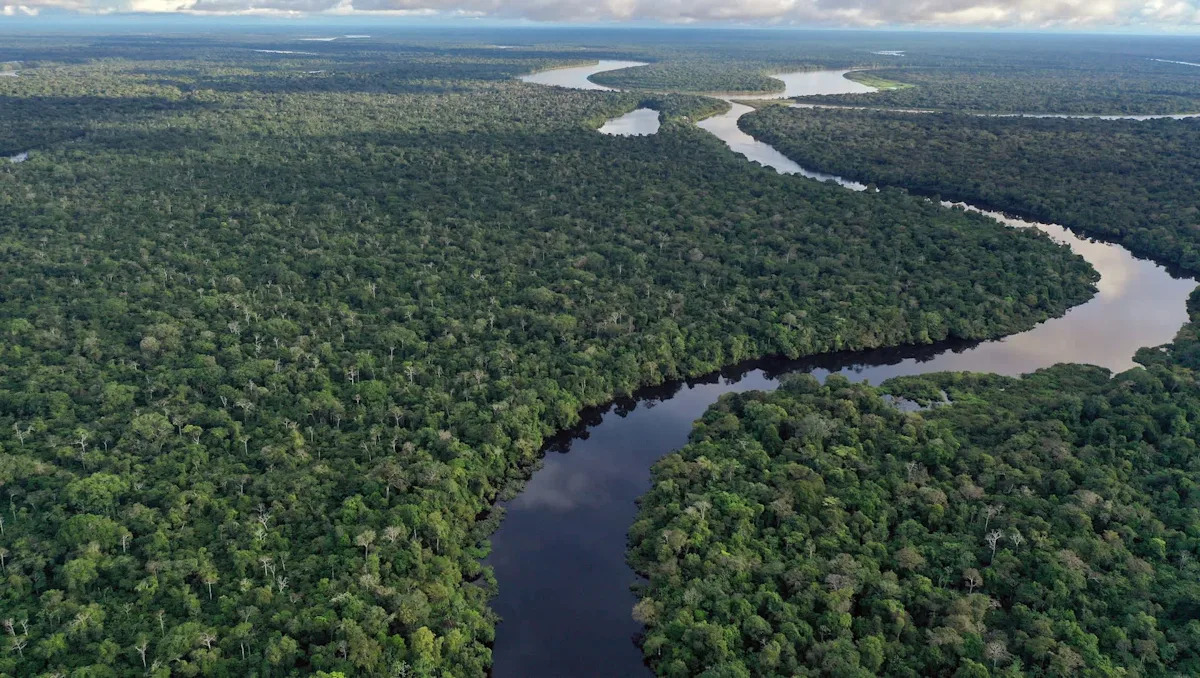Home / Environment / Toxic Mercury Poisoning Threatens Extinction of Amazon's Pink Dolphins
Toxic Mercury Poisoning Threatens Extinction of Amazon's Pink Dolphins
9 Oct
Summary
- Pink river dolphins in the Amazon have mercury levels 20-30 times the safe limit
- Illegal gold mining operations are the primary source of this mercury pollution
- Populations of pink and gray river dolphins have declined by 52% and 34% in recent decades

As of October 2025, the Amazon's iconic pink river dolphins are facing a grave threat from toxic mercury poisoning. According to the latest findings from the Colombian conservation group Omacha Foundation, these endangered mammals have been accumulating dangerously high levels of mercury in their bodies, with some individuals testing as high as 42 milligrams per kilogram—over 40 times the safe limit of 1 milligram per kilogram.
The Omacha Foundation has been monitoring the health of the pink river dolphins for years, and has previously recorded mercury levels ranging from 16 to 18 milligrams per kilogram. This alarming increase in mercury contamination has been directly linked to the proliferation of illegal gold mining operations in the region. The mercury used in these mining activities is finding its way into the Amazon's waterways and bioaccumulating up the food chain, with devastating consequences for the pink river dolphins and other aquatic life.
The impact of this mercury poisoning is already being felt, with populations of both pink and gray river dolphins declining by 52% and 34% respectively over the past few decades. Experts warn that the pink river dolphins are now just "one step away from being critically endangered and then extinct." The health of these unique creatures serves as a barometer for the wider ecosystem, and the mercury crisis is also affecting the Indigenous communities who rely heavily on fish as a dietary staple.



